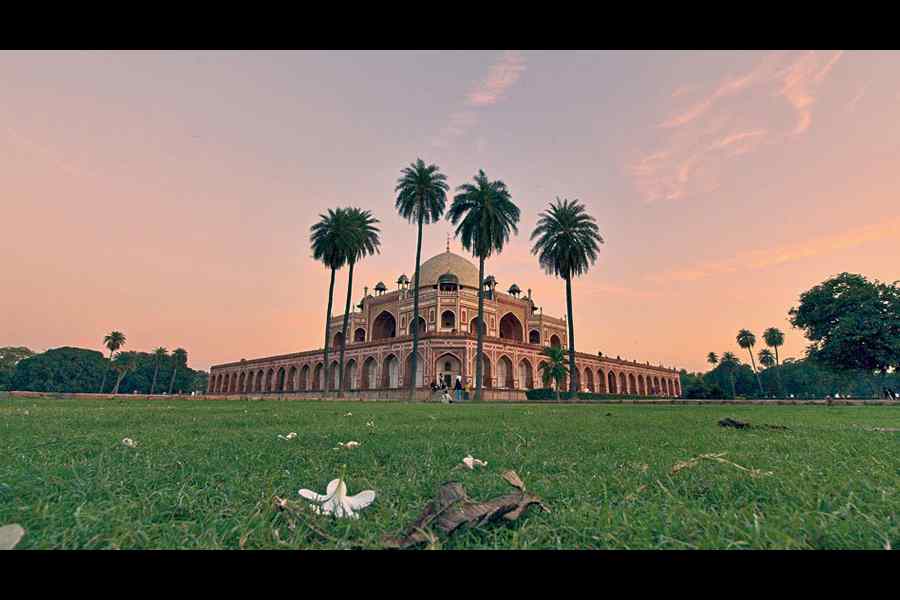New India has been a witness to pedagogical revisionism under the watch of the ruling regime that has led to the mauling of the nation’s history in textbooks. It now appears that some specific architectural wonders integral to India’s heritage are being rendered vulnerable by another kind of revisionism that threatens to introduce disturbing alterations to the physical and, consequently, aesthetic characters of these monuments. Thus, a fine-dining restaurant in the southern gateway of Humayun’s tomb — a UNESCO world heritage site — a café on its western entry gate, elevators abutting the building, a sound-and-light show as well as private dining in its gardens are apparently among the plans in the Vision Document of Dalmia Bharat, a corporate entity, that has adopted the 16th-century edifice as part of the Union culture ministry’s Adopt a Heritage scheme. The damage, if it comes to pass, will not be limited to Humayun’s mausoleum only. As part of its memorandum of understanding with the Archaeological Survey of India, Dalmia Bharat has been entrusted with such other landmarks as the Purana Qila, Safdarjung’s tomb, and the Mehrauli Archaeological Park. Among the 19 MoUs covering 66 monuments in the country that the ASI has signed with corporate entities, only Dalmia Bharat, inexplicably, has been permitted to engage in commercial activities in the premises of these historical edifices.
Conservationists and historians are up in arms against this proposal and with good reason. The Ancient Monuments and Archaeological Sites and Remains Act, 1958 laid down rigorous stipulations when it comes to protecting these old constructions from activities — including cooking — that are deleterious to their maintenance and longevity. How, then, can restaurants and cafés be thought of as part of adoption plans by corporate benefactors? Moreover, it takes a special kind of myopia for a Vision Document to propose facilities that would end up violating the aesthetic component of these heritage structures. The germ of the idea of adopting historical monuments was to direct corporate social responsibility funds towards the ASI: profitability was not the intent. There is concern that the unthinking pursuit of a commercial template may, at some point of time, even make these structures inaccessible to a large number of visitors. Would that not undermine the public character of national heritage? These plans, if they were to be implemented, would be another blow to India’s history and heritage. They must be shelved.











